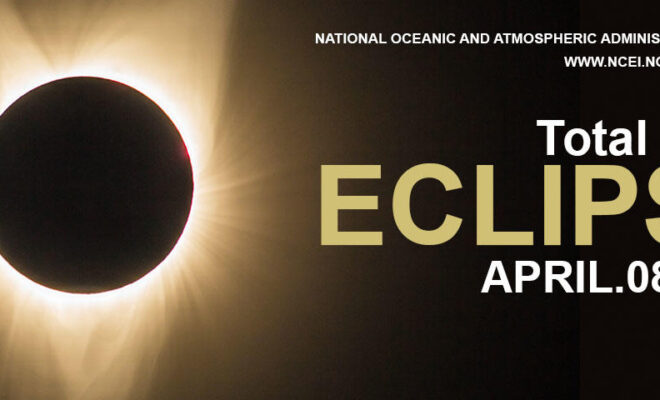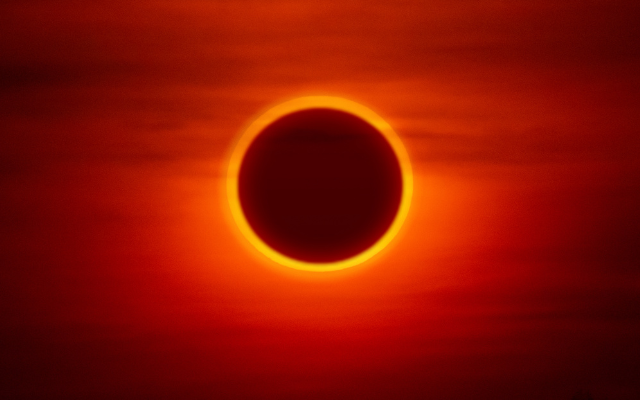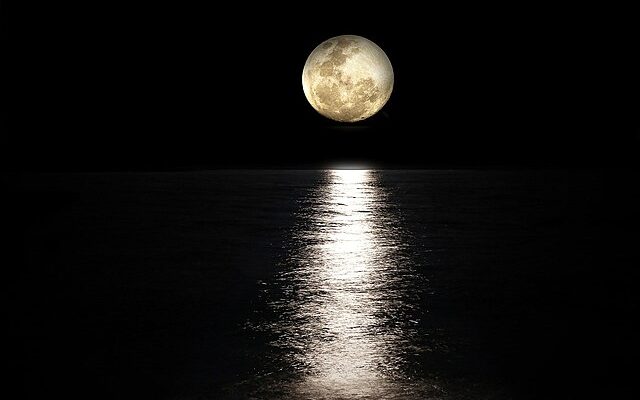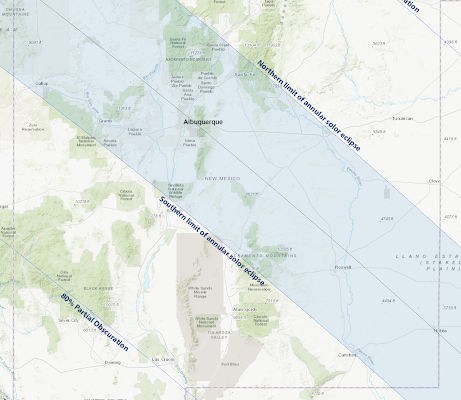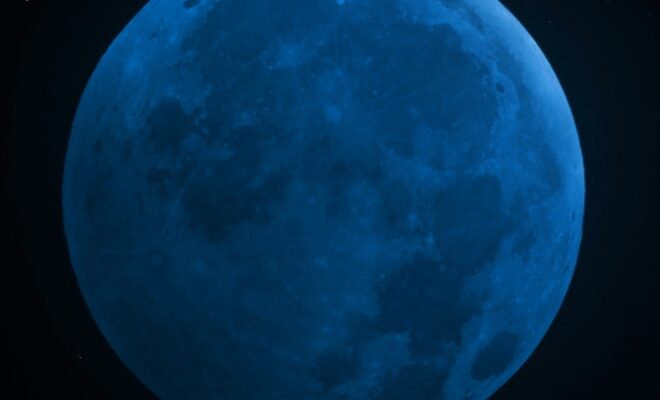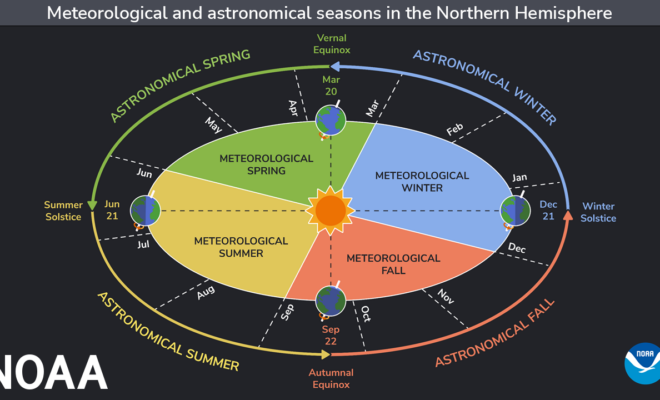Latest Coastal News Filter
Take Your Head out of the Clouds to View the 2024 Total Solar Eclipse
By ncei.noaa.gov. Spring is on its way and “springing into action” means more than just the seasonal cleaning spree. You can also use your time to see one of the best outdoor events of the year—the total solar eclipse! We know, we know, the lyrics from ‘total eclipse of the… SEE MORE
Annular Solar Eclipse on Saturday, Oct. 14th, 2023
By NASA. The eclipse on Saturday, Oct. 14, 2023, will be an annular solar eclipse. An annular solar eclipse happens when the Moon passes between the Sun and Earth while it is at its farthest point from Earth. Because the Moon is farther away from Earth, it appears smaller than… SEE MORE
High Tide Flooding Predictions for May 2024
By US Harbors. Coastal Flooding Outlook for May 2024 Per NOAA, mean sea level is typically higher in the late spring due to changing weather patterns and increasing water temperatures. That said, the outlook for tidal flooding this May is pretty contained, and is certainly less than we saw a… Learn More
The Sky This Week: Under the Full "Harvest" Moon on Sept. 29
By the Geoff Chester, U.S. Naval Observatory. The Moon starts the week in the company of Saturn, then moves eastward along the ecliptic through the dim autumnal constellations. Full Moon occurs on the 29th at 5:58 am Eastern Daylight Time. Look for Luna just above the bright glow of Jupiter… SEE MORE
Annular Eclipse
By nesdis.noaa.gov. On Saturday, October 14, 2023 the Sun, Moon, and Earth will align perfectly together to produce an annular solar eclipse. This eclipse will create a path of darkness stretching from the Oregon coast to south Texas. To celebrate this annular eclipse, we are hosting in-person and virtual viewing events.… SEE MORE
What Is a Blue Moon and When Is the Next One?
By timeanddate.com. On August 30/31, 2023, a Blue Moon will shine brightly in the night sky. It is a monthly Full Moon—the second Full Moon in August. And no, it will not turn blue. This is also a Super Full Moon, making it a Super Blue Moon. What Is a Blue Moon?… SEE MORE
The Difference Between Meteorological and Astronomical Seasons
By NOAA. Astronomical seasons are based on the position of the Earth in relation to the sun, whereas meteorological seasons are based on the annual temperature cycle. The Earth’s annual trip around the sun forms the basis for the astronomical calendar in which seasons are defined by two solstices and… SEE MORE
Equinox: Almost Equal Day and Night
By Aparna Kher Equinox in Latin means equal night, giving the impression that the night and day on the equinox are exactly 12 hours long. And even though this is common wisdom, it isn’t entirely accurate. The day and night are only nearly equal on the September equinox and the March equinox. In fact, most locations on Earth… SEE MORE
Latest Updates: What’s Happening With Daylight Saving Time?
By Eric Suni. For much of the United States, daylight saving time is set to start again at 2 a.m. local time on March 12, 2023, — despite efforts to legislate out the time change. On March 15, 2022, just days after clocks were adjusted to “spring forward,” the U.S.… SEE MORE
